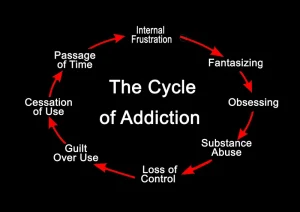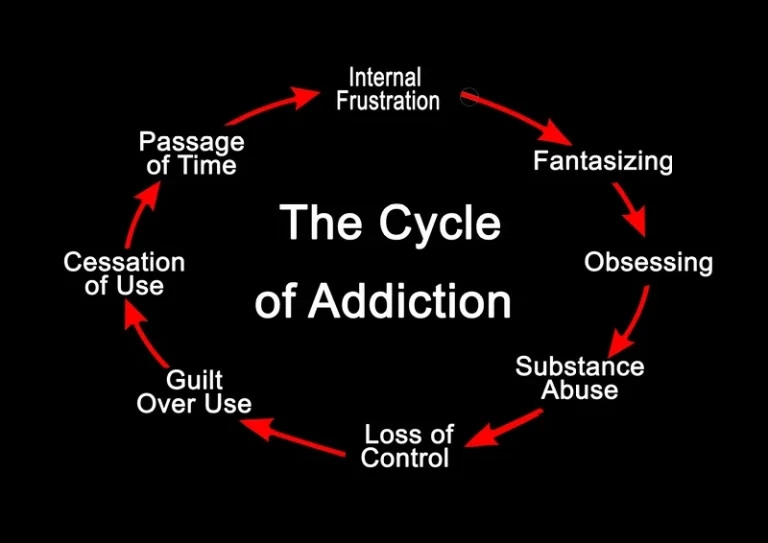
Ethyl alcohol oxidizes at a rate of 20 to 25 mg/dL per hour in most individuals. The accompanying lack of alcohol in the patient’s body and the fact that for some time, the only source of calories that a patient has is ethanol both contribute to the clinical syndrome that we see. To prevent seizures from alcohol withdrawal, IV benzodiazepines may be administered.
Treatment of Alcoholic Ketoacidosis

The prognosis for alcoholic ketoacidosis is good as long as it’s treated early. However, the long-term prognosis depends on the severity of the underlying alcohol abuse disorder. The long-term outlook for recovery following alcoholic ketoacidosis depends on various factors, including your overall health, the extent of organ damage, and your average alcohol intake.

Symptoms
If a person is already malnourished due to alcoholism, they may develop alcoholic ketoacidosis. This can occur as soon as one day after a drinking binge, depending on nutritional status, overall health status, and the amount of alcohol consumed. The interplay of fatty acids, their metabolic pathways, and the precise mechanisms of ketone secretion contribute to the overall picture of alcoholic ketoacidosis. Conversely, when ketoacidosis is identified, but its origin is unrelated to alcohol, medical professionals may explore other diagnostic possibilities. This may involve conducting tests to rule out conditions such as starvation ketosis. Diabetes-related ketoacidosis (DKA) happens when your blood turns acidic because there are too many ketones in your blood due to a lack of insulin.
- Laboratory analysis plays a major role in the evaluation of a patient with suspected alcoholic ketoacidosis.
- Intravenous benzodiazepines can be administered based on the risk of seizures from impending alcohol withdrawal.
- The toxicokinetics that are pertinent to the diagnosis of AKA include the rate of alcohol oxidation in the body.
- However, if an AKA patient is lethargic or comatose, an alternative cause should be sought.
- AKA develops due to the body’s inability to source adequate glucose, leading it to metabolize fat into ketones for energy.
History and Physical
If you’re struggling with management or alcoholic ketoacidosis smell have questions about complications, don’t hesitate to ask your healthcare provider for help. When your body burns fat for energy, byproducts known as ketone bodies are produced. If your body is not producing insulin, ketone bodies will begin to build up in your bloodstream. This buildup of ketones can produce a life-threatening condition known as ketoacidosis. Alcoholic ketoacidosis is a condition that can happen when you’ve had a lot of alcohol and haven’t had much to eat or have been vomiting. When this happens, it can cause ketones, which are acids, to build up in your blood.

What is diabetes-related ketoacidosis (DKA)?
The major cause of morbidity and mortality in patients diagnosed with AKA is under-recognition of concomitant diseases (that may have precipitated the AKA, to begin with). These include acute pancreatitis, gastrointestinal bleeding, and alcohol withdrawal. Mortality specifically due to AKA has been linked to the severity of serum beta-hydroxybutyric acid in some studies. Alcoholic ketoacidosis (AKA) is a condition seen commonly in patients with alcohol use disorder or after a bout of heavy drinking.
- Detection of acidosis may be complicated by concurrent metabolic alkalosis due to vomiting, resulting in a relatively normal pH; the main clue is the elevated anion gap.
- Chronic alcohol use may lead to ketoacidosis, but it can also have severe and far-reaching effects on your health and relationships that aren’t reversible.

Alcoholic ketoacidosis (AKA) is a serious metabolic condition that can arise from excessive alcohol consumption combined with inadequate food intake. Healthcare professionals diagnose AKA through a combination of clinical evaluation and specific laboratory tests. In general, the prognosis for a patient presenting with AKA is good as long as the condition is identified and treated early.
